Room with a mountain view
Scaling a mountain in Thailand gave landscape architect and sculptor Colin K Okashimo the design inspiration he needed for his wellness retreat
IN 2009, COLIN K OKASHIMO climbed Doi Chiang Dao, also known as Doi Luang Chiang Dao, in northern Thailand (“doi” means mountain). The mountain is the country’s third-highest peak and also one of the most revered. The Singapore-based landscape architect and sculptor was there with a group of friends who were partners for a private project they now call Piang Dao Mind Retreat.
Located an hour’s drive from Chiang Mai, the project is featured in Okashimo’s recently published second monograph, Evoking Calm, which was written by architectural writer and photographer Patrick Bingham-Hall.
“I have climbed Doi Chiang Dao a couple of times but this first expedition was the most memorable,” Okashimo shares. When he climbed the mountain, it had been more than two years since the group had purchased the land to create a destination for mindfulness, but the busy landscape architect had not yet started on the design.
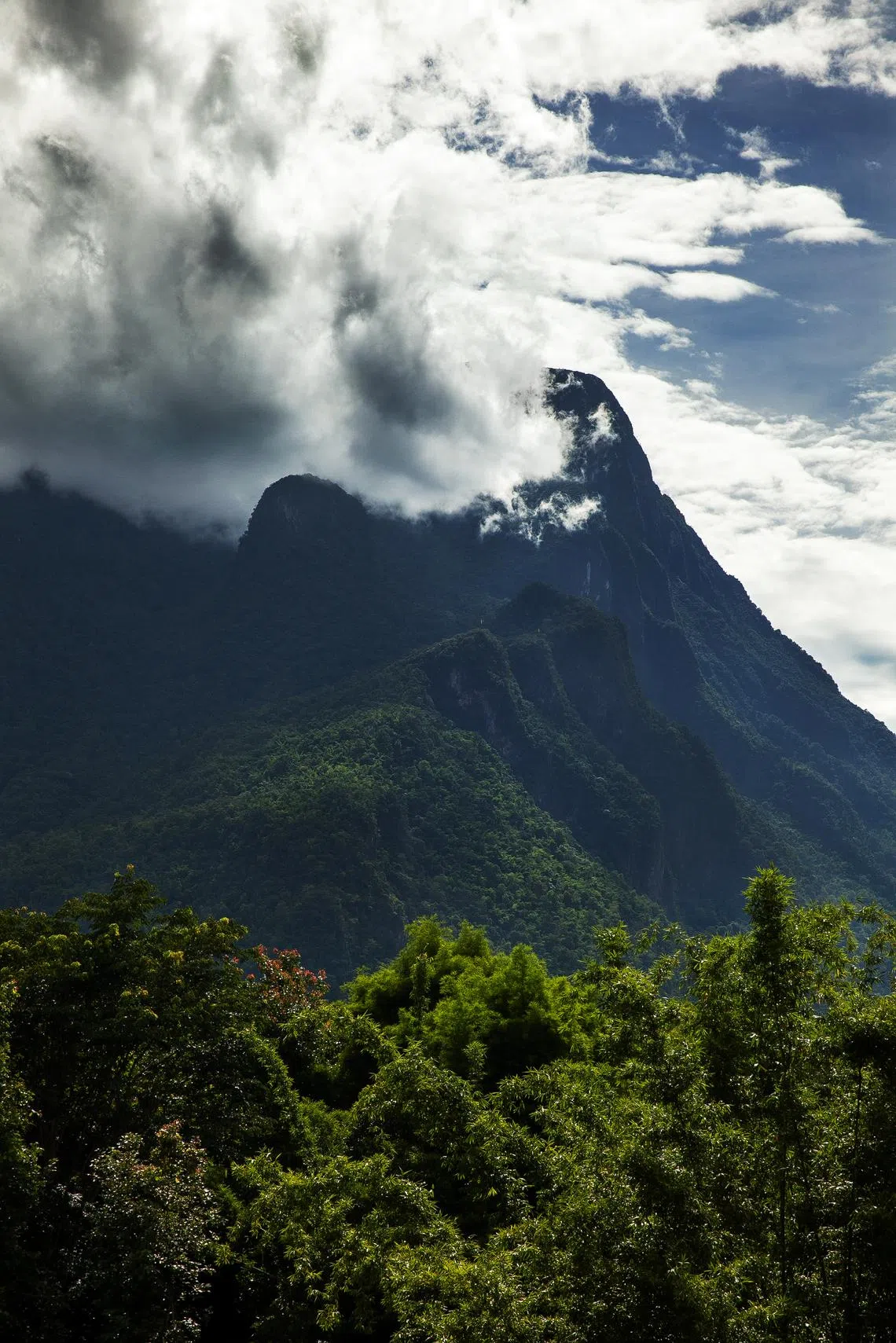
“I suppose I was waiting until I found the right frame of mind to give the project the time it needed and deserved,” he explains. “In the end, the impetus to climb the mountain became my impetus to start the creative process of master planning and designing the project.”
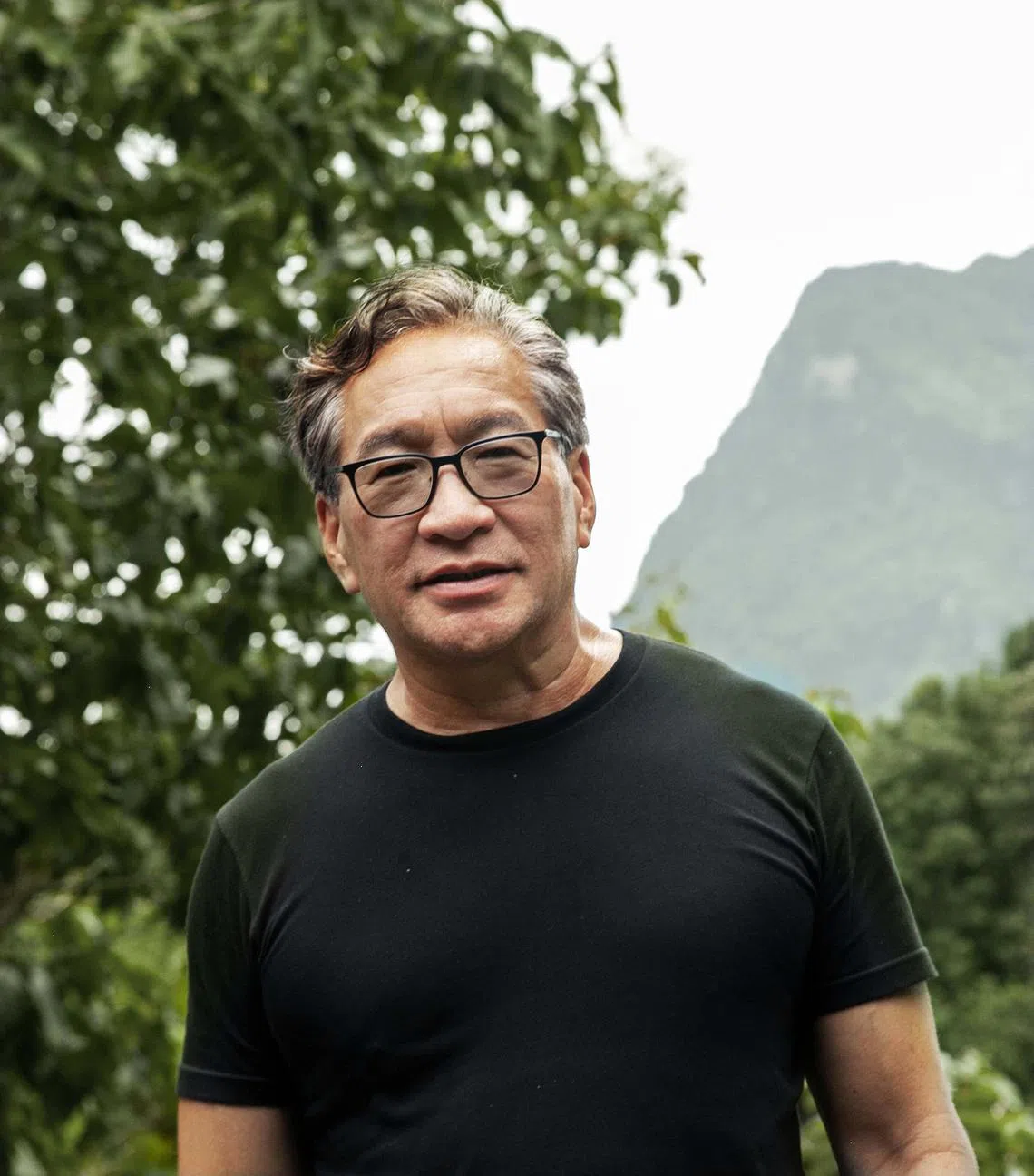
During his ascent, he noticed monks heading up to meditate on the mountain. “They were walking on their bare feet so I figured it couldn’t be that bad. Well, eight or nine hours later, we finally reached the top, totally exhausted!” he recounts.
The porters set up camp, made a fire and cooked dinner for the group to stay the night on the mountain, where temperatures had dropped to about 2 deg C. Okashimo recalls: “It was chilly, but a crystal-clear night sky was revealed. I will never forget how close the stars felt when I saw them with such clarity. It was through that experience that we decided that the project should be named Piang Dao, which means ‘at the level of the stars’ in Thai.”
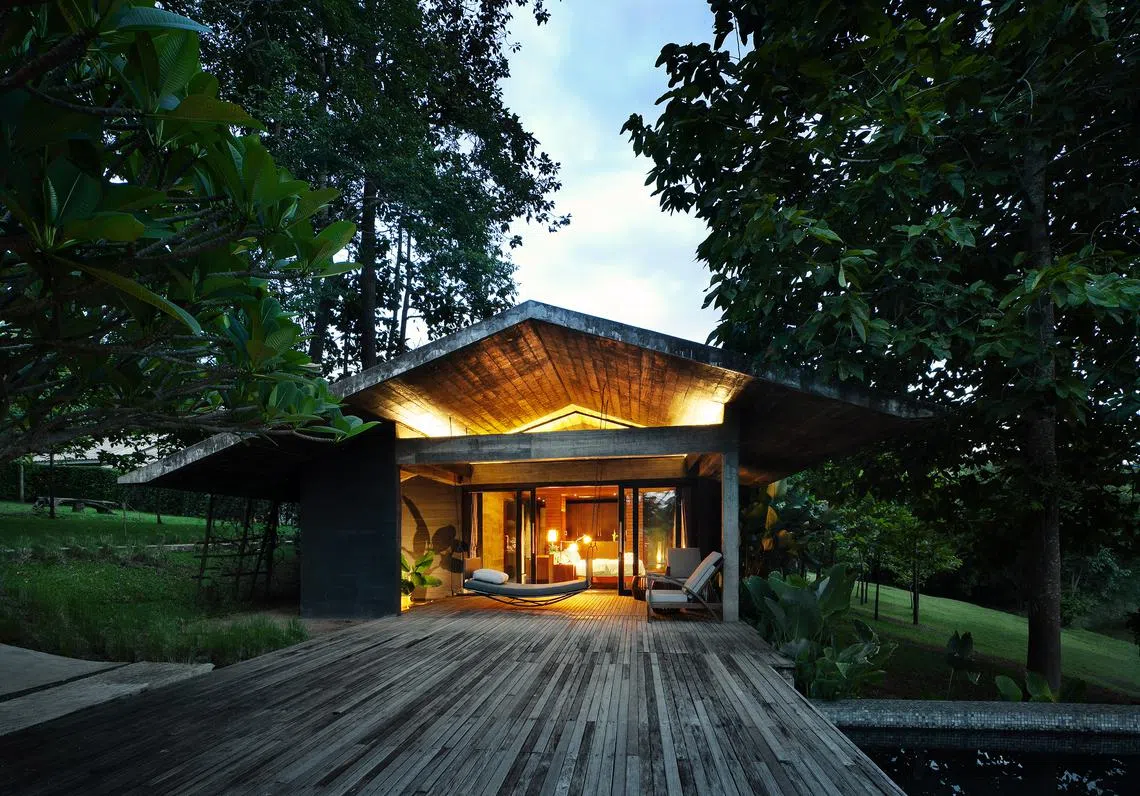
Piang Dao is also the original name of the region of Chiang Dao in Chiang Mai province. With numerous sites for monks to meditate, Doi Chiang Dao has become a definitive destination for pilgrimages. “There are hundreds of natural limestone caves, many of which have been transformed into sacred places of worship,” says Okashimo, adding that some are reached only by climbing several hundred steps.
Being a practitioner of meditation himself, he understands the significance of this journey. He experienced both calm and awe when entering these caves. “It feels oddly grounding, as if one is in the belly of the mountain, where the source of its energy dwells... This makes one’s meditation easier and more focused.” After the descent, he was clear about his vision for Piang Dao Mind Retreat.
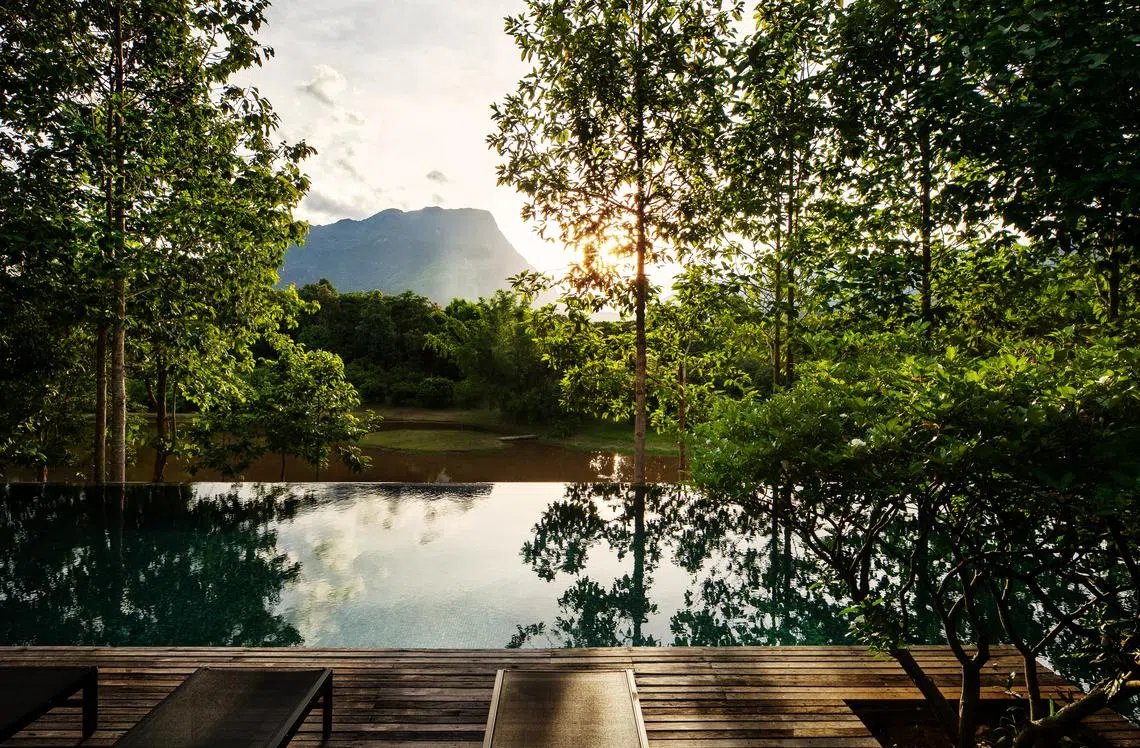
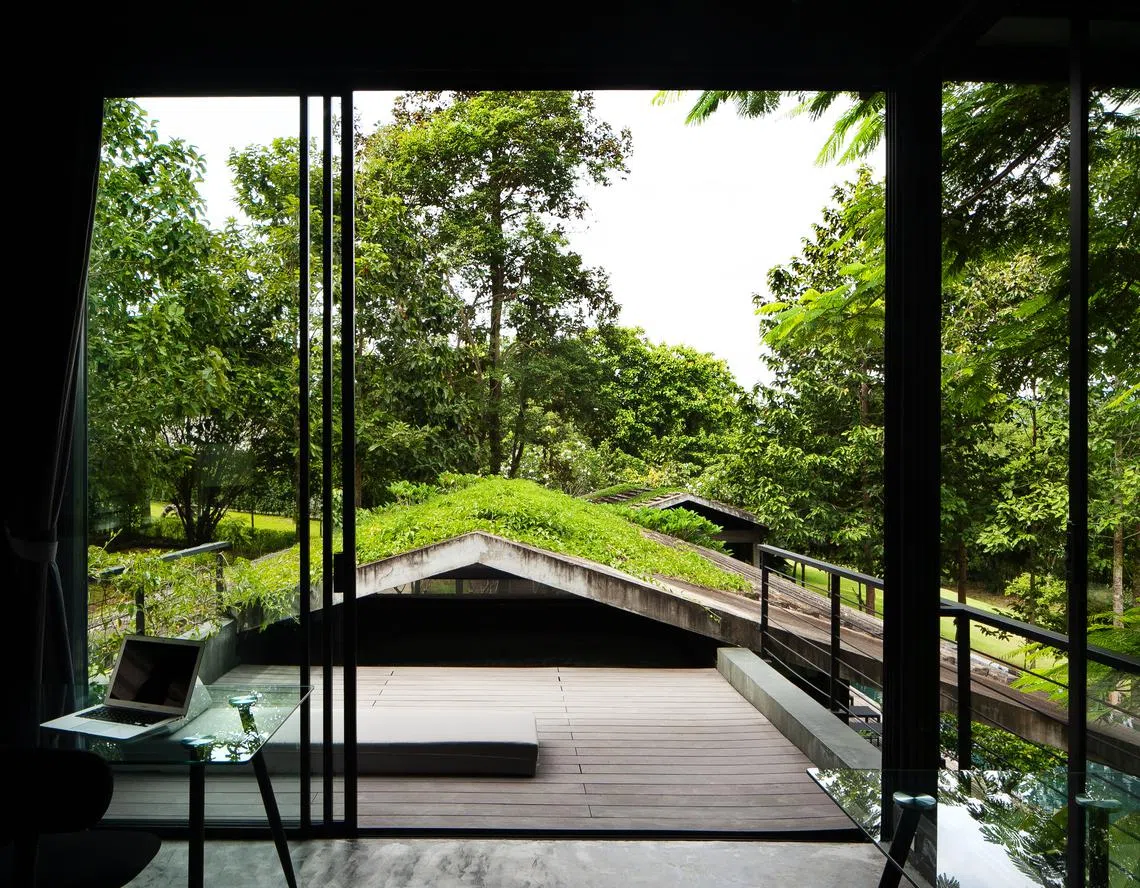
“Perhaps having that overview of the land made me understand the bigger picture,” Okashimo says. “It was as if that was the moment of insight that I was waiting for. It was also a somewhat humbling moment for me, as I realised that the project should be solely about the mountain, as anything else we did would simply be distracting.”
SEE ALSO
Without ego
For the building designs, he looked to a Singapore-based firm founded by reputed architect Sonny Chan Sau Yan. “Sonny and I have been working together since I came to Singapore over 40 years ago,” says Okashimo.
“Each time we work together, there is not only respect but an expectation that the project will be much better in our collaboration that combines experience without ego.”
The Canadian has lived in Singapore for more than 40 years after moving here when he was only 24 years old. He eventually started his own practice in 1996. The firm’s works include The Ritz-Carlton, Nikko in Japan, The Pullman Hotel in Mandalay Mingalar, Myanmar, condominiums in Malaysia and Singapore, as well as YTL’s corporate office in Kuala Lumpur.
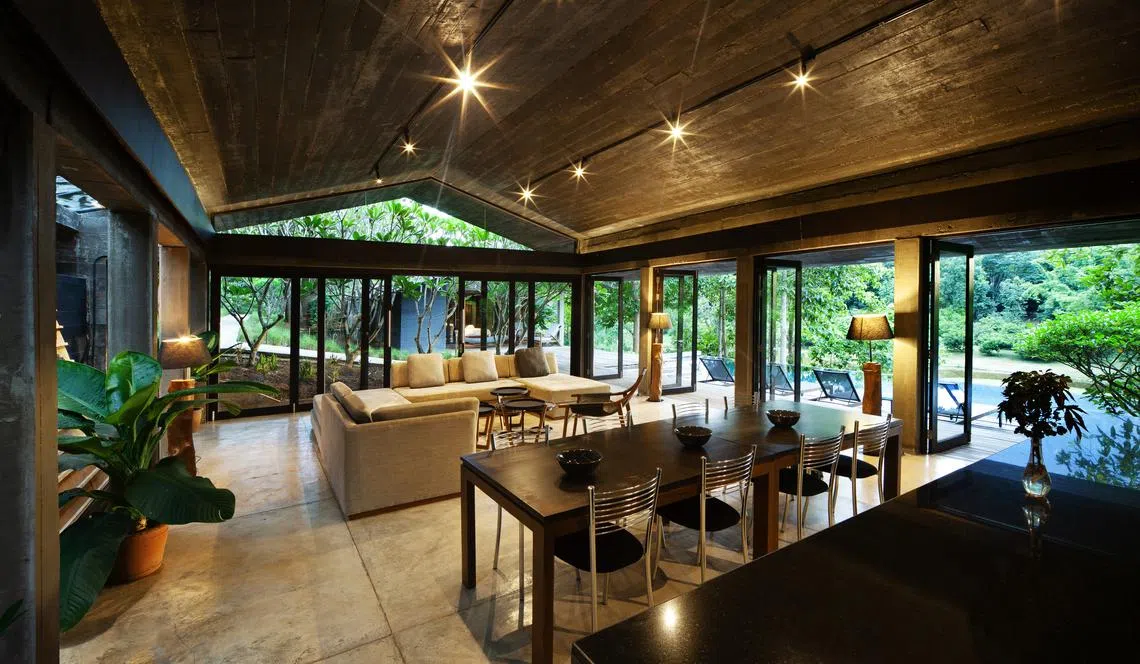
“Sonny and I decided that the architecture and landscape (of Piang Dao Mind Retreat) should be approached in a type of ‘non-design’ way,” Okashimo shares. “It was our intention from the beginning not to let our egos as designers and artists get in the way of what the site and nature had to offer already. So, we let the natural orientation towards the mountain drive the site planning, (and left) the relationship of the building and landscape to the lay of the land.”
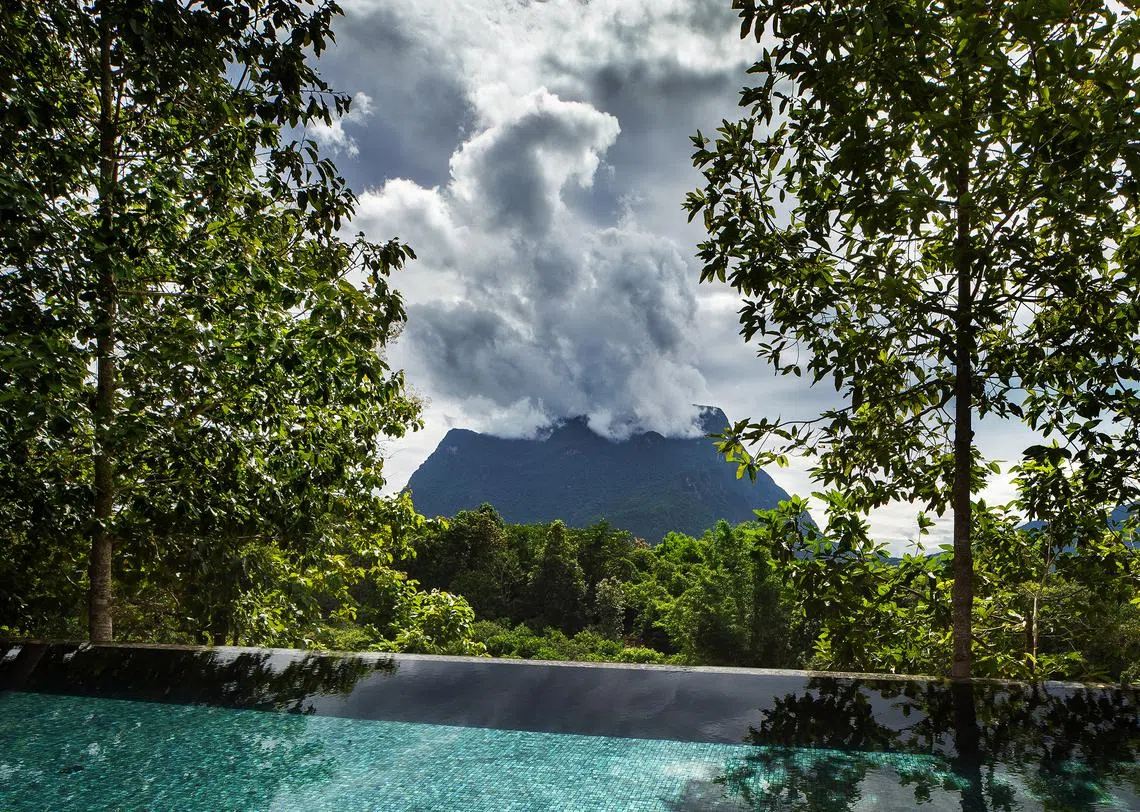
While the mountain is the protagonist of the retreat, it is not encountered immediately. From the drop-off, a series of green walls and gardens takes one on a meandering route before an open deck, with the mountain beyond. The deck is flanked by two blocks – one comprising the living and dining areas, two bedrooms and a sculpture studio; the other housing two larger bedrooms. The retreat is a small part of the master plan that includes a museum of contemplation, artist studios and a research centre – all of which are planned for the future.
“The intention was to have guests experience the ‘slow reveal’ of the mountain,” says Okashimo. “Everything respects the slope of the land, like the many places of worship in the limestone mountains of this region. Being a retreat for the mind, we felt that we needed a similar cave-like feeling, a place for your inner self to feel safe with minimal distractions. With internal spaces oriented towards the view of the mountain, there is both darkness and lightness that seems to balance one’s well-being when staying there.”
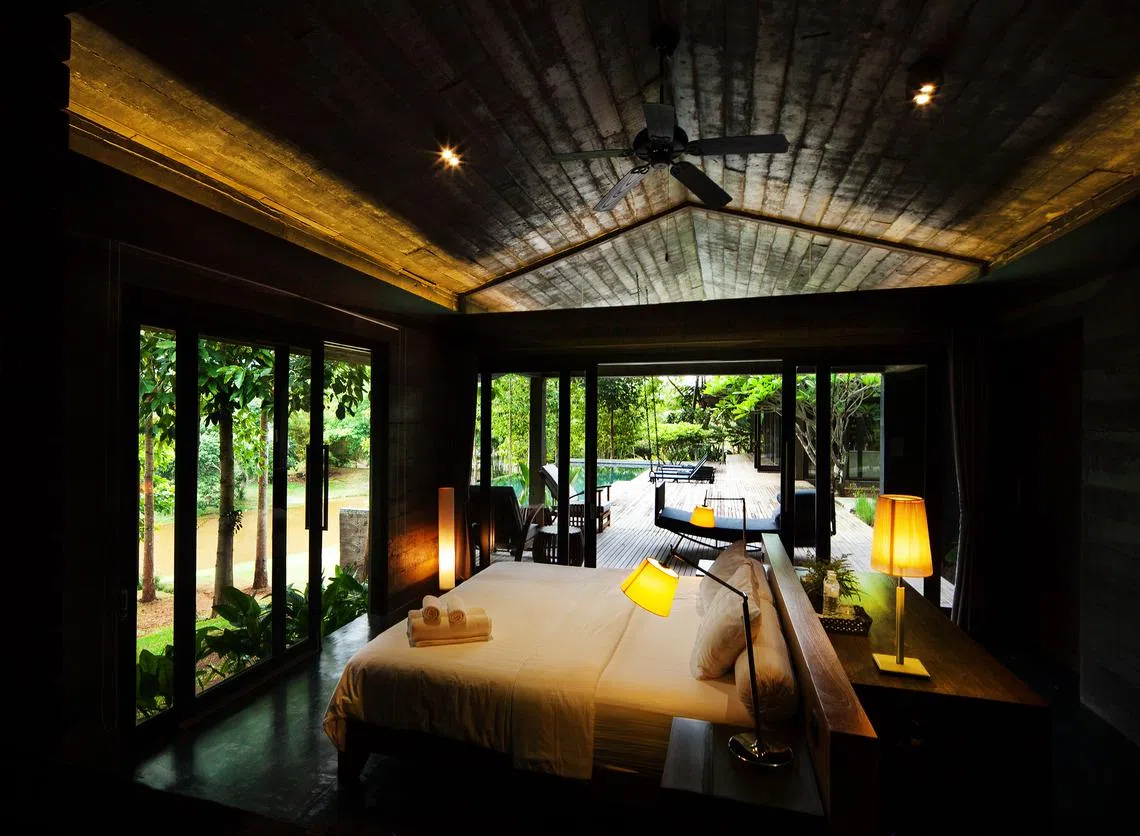
The cavernous quality is created with simple, pitched-roof architecture formed with bare off-form concrete. Decks made from local hardwood harmonise with dipterocarp tree trunks rising above the surrounding wilderness. Likewise, shallow planters in the roofs enable plants to grow and meld visually into the surroundings.
Using concrete was practical, as it is both durable and a good insulating material to buffer Chiang Dao’s extreme temperatures that can rise above 40 deg C in the summer and dip below 10 deg C in winter.
A place of total relaxation
When Okashimo first visited, the area was still low-key with no five-star hotels. It has since been “discovered” by wealthy Thais and foreigners, who prize Chiang Dao for its sense of authenticity while being more accessible and affordable than Chiang Mai and Bangkok.
Okashimo notes: “Land prices have been steadily going up, nice restaurants have been around for a while now, and there is even a gin and rum distillery. When I’m there, I might go out two or three times a week. Otherwise, I’m happy to remain content in our ‘mind retreat’, minimising the distractions.”
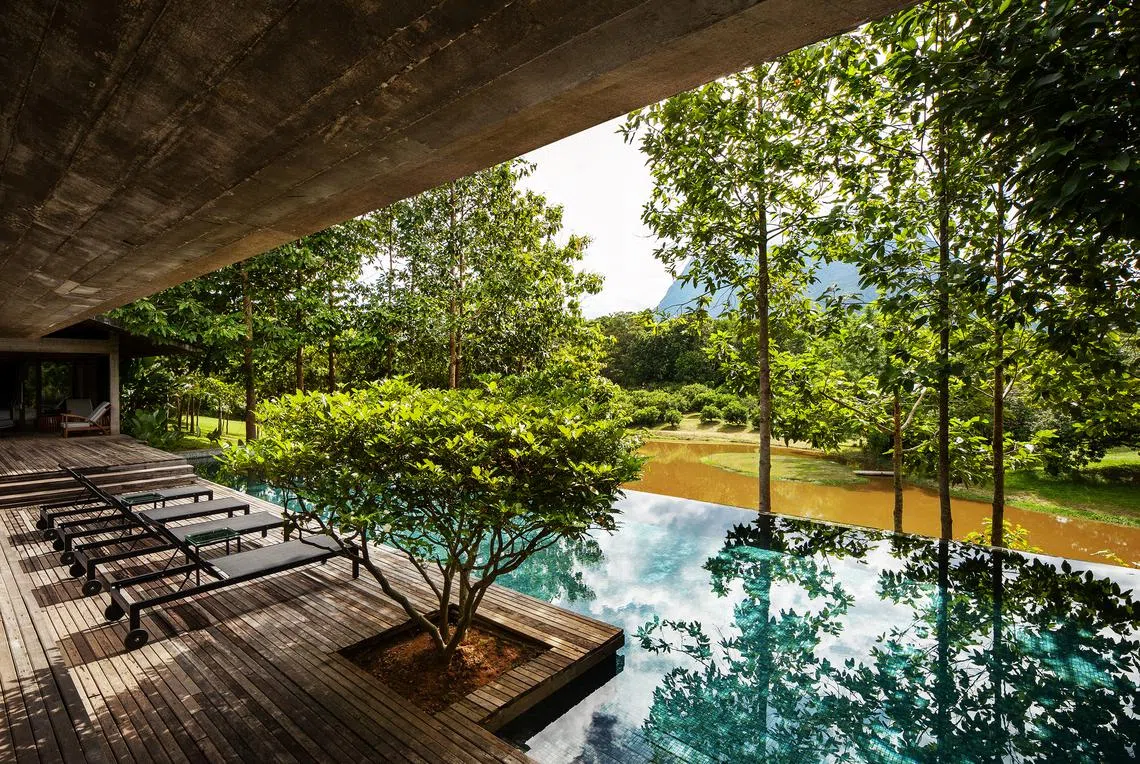
He adds: “For me, (Piang Dao Mind Retreat) is a place of total relaxation with no work, no exercise and no schedule. At the most, I would eat, sleep, have massages and meditate. The beginning and end of each day is perfect for contemplation and reflection – most times with a cigar and a decent whiskey!”
Before the Covid pandemic, Okashimo would head there about four times a year for a week. During the Christmas and New Year periods, he could spend up to a month there. “It’s a wonderful place. When I get there, I don’t want to leave. I love the mountain, it’s just so calm.”
Not surprisingly, he uses an image of Piang Dao Mind Retreat as his screensaver. “Just the image association alone brings me inner calm so, in a way, I am always there in spirit.”
Decoding Asia newsletter: your guide to navigating Asia in a new global order. Sign up here to get Decoding Asia newsletter. Delivered to your inbox. Free.
Copyright SPH Media. All rights reserved.








